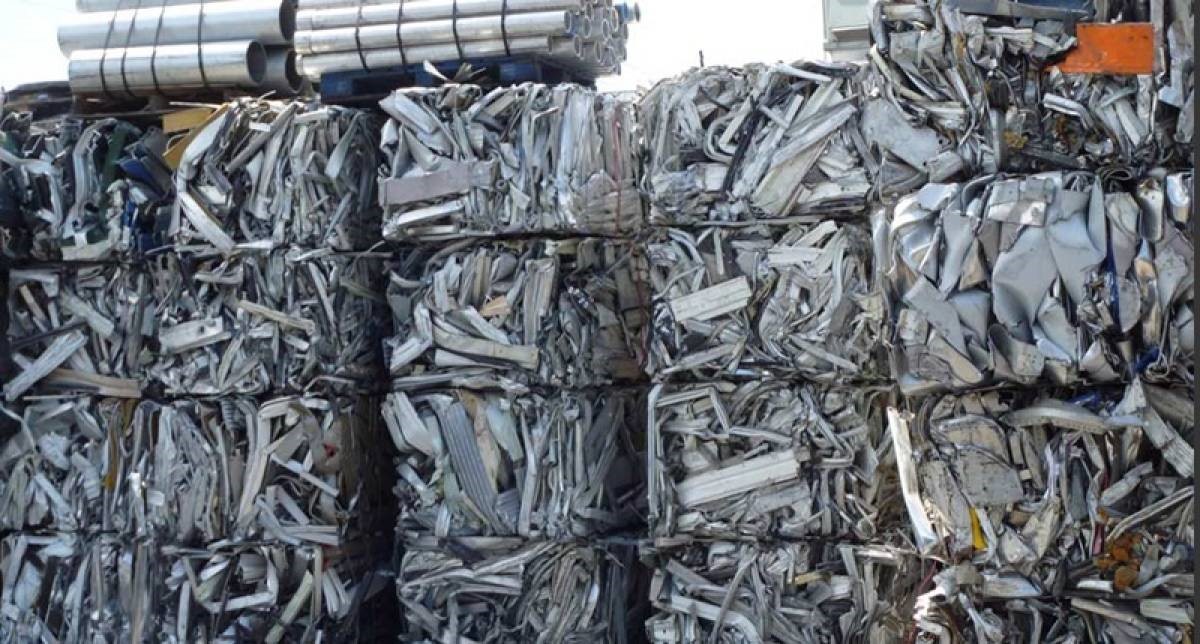

The newly implemented restrictions on scrap aluminium imports from July are likely to raise cost for Chinese secondary aluminium smelters, which in turn may raise the export price of Chinese aluminium alloys, a Platts report says.
From July, only companies with licenses from the Ministry of Environment and Ecology can import scraps by the quota set by the ministry on a quarterly basis. The import quota system is likely to continue till the end of 2020 and from 2021, all scrap imports would be banned by China. Chinese smelters are reported to be in talks with the government to allow conditional high-grade scrap imports after 2021.
{alcircleadd}
According to Customs data, China’s aluminium scarp import dropped to 1.6 million tonnes in 2018 from 2.2 million tonnes in 2017. According to market sources, though domestic scrap recovery facilities are being ramped up, it cannot replace 1-2 million tpy of aluminium scrap imports in a matter of few years. As the government is pushing for 75% utilization rate of renewable resources by 2020, it is likely to push up Chinese scrap demand.
According to a representative from China Nonferrous Metals Industry Association, China's recycled aluminium products output would increase 27.5% from 5.1 million tonnes in 2018 to reach 6.5 million tonnes in 2020.
The government would set 99% minimum metallic content as benchmark for scrap imports rather than 90-98%, which may raise scrap feedstock prices from current level by 20-30% and boost the use of primary aluminium.
Japanese importers of Chinese ADC12 alloy, used for automotive components, said they would consider shifting to Southeast Asian countries if Chinese export prices grow up. China has been supporting export of secondary aluminium alloys by exempting duties levied on feedstock imports. Japan has been the largest importer of Chinese aluminium alloys and a rise in price may impact the trade equation.



Responses






